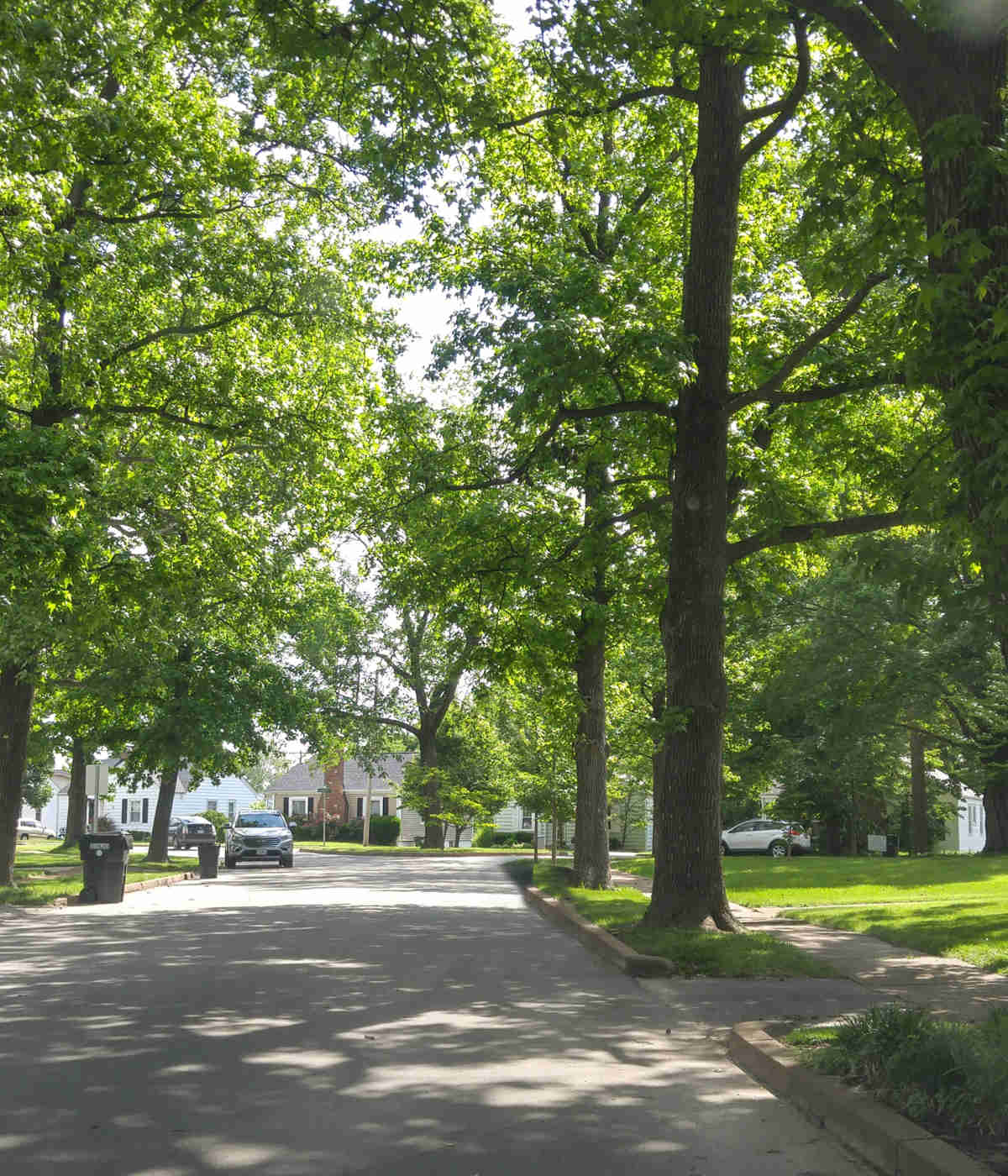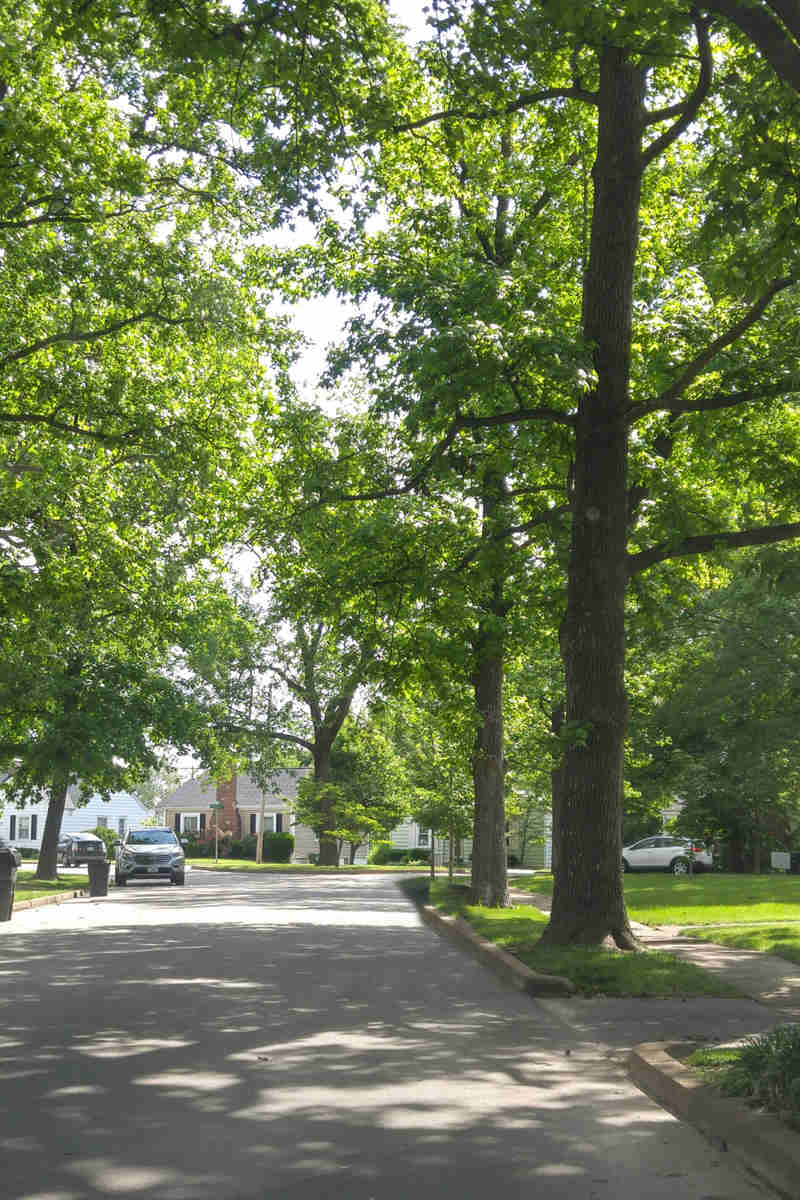What To Watch For
Proper maintenance and turfgrass management go a long way toward thwarting pests and disease, but even the healthiest green spaces aren’t immune from infestation. Taking the time to walk your property or ensuring that your turf care provider is monitoring the health of your grass can help identify issues before they become serious problems. Here are some common symptoms and their causes:
Diseases:
- Dollar Spot Disease – Small, sunken brown patches, roughly 4” in diameter, with cobweb-like fungus in the early morning hours. Reducing the moisture on the grass surfaces is a good preventative measure, and improving air circulation can help once the disease has set in.
- Brown Patch Disease – High humidity and overnight temperatures above 68 degrees Fahrenheit can cause patches of turf with tan lesions with dark brown borders, between 6 and 24” in diameter. Avoiding overwatering and improving air circulation are good preventative measures.
- Gray Leaf Spot – This disease primarily affects St. Augustine lawns in southern regions and perennial ryegrass lawn in the northern regions and causes thinning turf with small grey lesions with dark borders. Ensuring proper soil health and nutrients for the plants and avoiding excess moisture can help prevent Gray Leaf Spot.
Pests:
- Chinch Bugs - Primarily target Kentucky bluegrass, fine fescue in the Midwest, and St. Augustine in the South. Look for thinning yellow turf that turns brown. These pests are active during the heat stress of late summer. A preventative treatment can help mitigate the risk of infestation.
- White Grubs – Look for wilted, discolored turf and C-shaped larvae in root zones – the turf will pull up easily if these grubs are the culprit. Applying a preventative product in the early summer can help keep these pests from damaging your turf.
Nail The Fundamentals
Sticking to the best practices throughout the year is always the best thing to do, but irrigation, mowing, and soil management are the building blocks of a great turfscape. Additionally, knowing whether you have warm or cool-season grasses on your property will allow you and your turf care provider to create a customized care plan.
- Irrigation – As the weather cools and growth slows, reduce the frequency of irrigation. Keeping the leaf blades dry and avoiding prolonged wetness helps prevent fungus and disease.
- Mowing – Gradually reduce mowing height as fall progresses, since the plants will begin to store nutrients in their root systems, and focus less on blade growth. This allows each plant to store more energy in the roots for the dormant season.
- Soil Health – Applying a fall fertilizer blend can help grass restore needed nutrients before the dormant season. In addition, aerating helps reduce compaction, allowing water and fertilizer to penetrate deeper into the soil.
As summer winds down, identifying and addressing any pest or disease issues, and taking care to promote healthy, resilient turf can go a long way to providing a lush carpet of turf next year. In addition to looking great, healthier turf is more resistant to infestations and can bounce back faster if one does occur. Be sure to work closely with your grounds maintenance provider to develop a strategy – it’s never too late!



